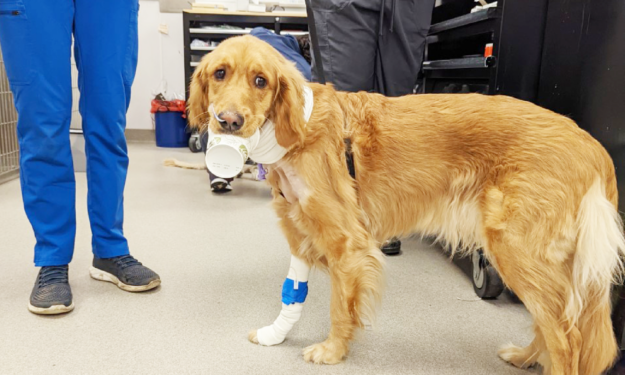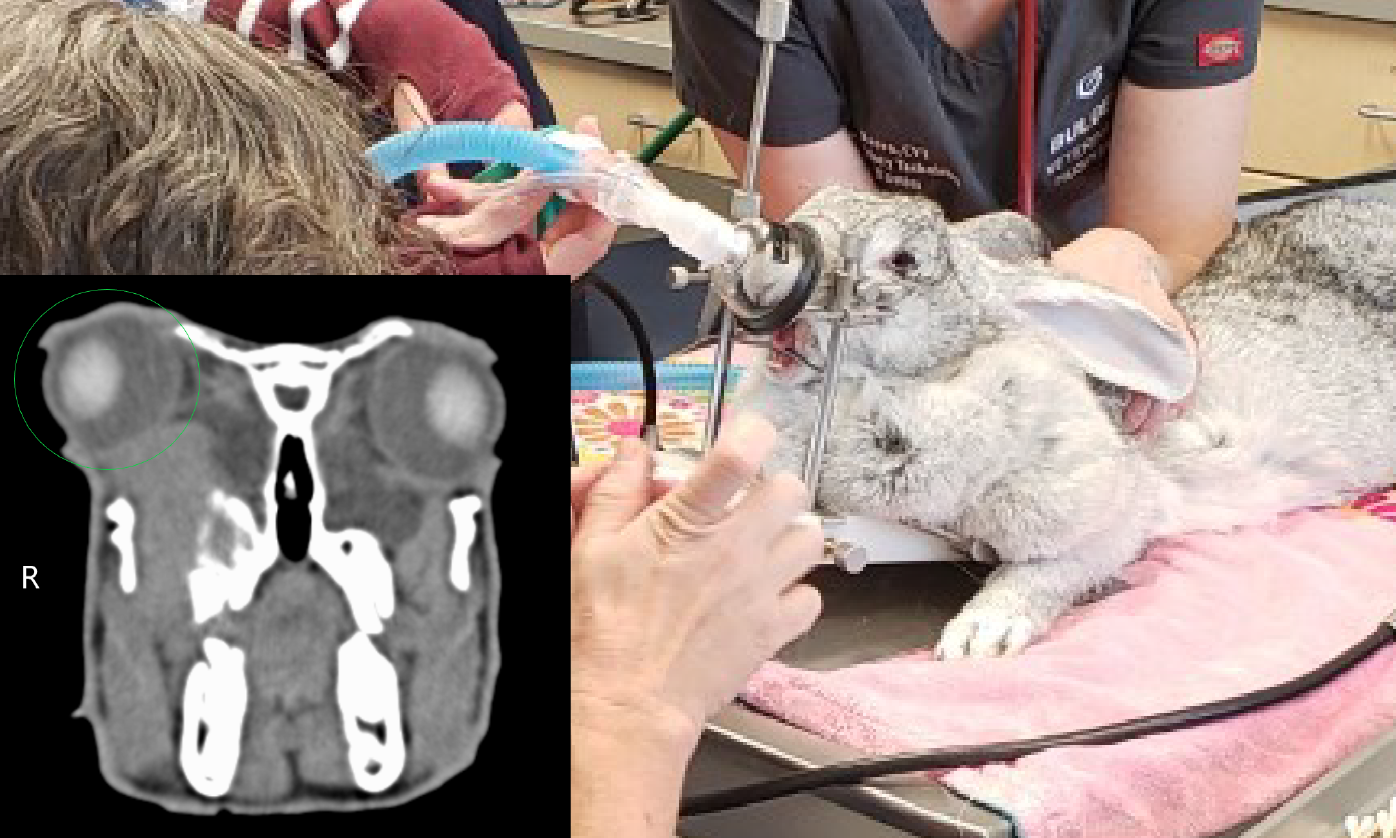6 Common Dental Emergencies in Pets

Pets use their teeth and mouth to explore, learn, play, chew, eat, and communicate. While dental disease is the leading cause of chronic oral pain in dogs and cats, dental emergencies can result in acute pain and injury that requires immediate treatment.
Here is an overview of common dental emergencies, identifying an emergency in your pet, and typical dental emergency treatment.
Pet dental emergency signs
Pets experiencing acute dental emergencies often appear painful, but many pets hide their pain and may continue to eat, drink, and act relatively normally despite a significant problem. Signs may include:
- Bleeding from the mouth or nose
- Pawing at the face
- Drooling
- Altered head position
- Visible lacerations
- Swelling around the mouth or under/around the eyes
- Facial asymmetry
- Inability to open or close the mouth
- Refusal to eat
Pets who exhibit these signs should be promptly evaluated, because they could be experiencing one of the following dental emergencies.
#1: Oral and facial trauma in pets
Significant trauma can affect the jaws, teeth, facial bones, palate, and oral soft tissues. Accidents like high falls, being struck by a vehicle, fighting with other animals, chewing inappropriate items, and chemical or thermal burns can cause trauma to your pet’s mouth. Trauma can tear or lacerate tissues inside the mouth and fracture or dislocate jaw and facial bones, resulting in bleeding, swelling, and facial asymmetries.
Pets with oral trauma are first evaluated and treated for associated shock, head trauma, or other life-threatening conditions. Once stabilized, they may be anesthetized to evaluate the full extent of their injuries, take x-rays, clean their wounds, and repair any fractures or lacerations. Antibiotics, pain medications, and assisted feeding techniques are often required during recovery.

A cat treated at Premier Veterinary Group following a house fire – he was assessed for dehydration, ocular discharge, and some cracked/broken teeth.
#2: Pet tooth fractures or displacement
Tooth fractures may also occur from inappropriate chewing, panicked anxiety-related behaviors, oral tumors, or pre-existing dental disease that loosens or weakens the teeth and surrounding structures. A fractured tooth can expose pulp and nerves, which are visible as a red dot in the tooth’s center. A displaced tooth gets pushed partially or completely out of the socket, and usually causes tearing and bleeding around the gum line.
Pets with either of these conditions may stop eating, drop food, or chatter their jaws. They require immediate pain control and antibiotic therapy to prevent infection, and surgery in most cases to remove the affected tooth. Some pet owners choose to seek a veterinary dentist’s care for root canal therapy rather than extracting the tooth.
#3: Oral foreign bodies in pets
Foreign bodies—often sticks or mulch—can penetrate into and through tissues and create swelling or infection in the mouth, sinuses, or the space behind the eye. Linear objects, such as string from a rope toy, can wrap around the tongue and cut into nearby tissue. Pets with oral foreign bodies may cough, gag, drool, and paw at their mouth. Pets usually require sedation to remove the object, clean associated wounds, and suture as needed, followed by antibiotics and pain medications at home.

A Golden Retriever who presented to Mass Vet Referral Hospital with a cervical abscess after chewing on a stick.
#4: Dropped or locked jaw in pets
Pets with temporomandibular joint (TMJ) dysfunction or arthritis can develop a “locked” open or closed jaw if part of the joint moves out of place. This is corrected by pushing the joint back into place under sedation, but may require surgery if the problem recurs. Pets with TMJ dysfunction usually are painful and distressed, whereas pets with a dropped, open jaw but no pain or distress usually have benign facial nerve paralysis. This is treated with anti-inflammatories and by helping the pet eat and drink until the condition resolves on its own.
#5: Masticatory muscle myositis in dogs
Masticatory muscle myositis (MMM) is an autoimmune condition that typically occurs in large-breed dogs. Inflammation attacks the pet’s head muscles that control the jaws, and may cause acute pain, and pets may be unable or unwilling to open their jaws. Pets with MMM may have either swollen, tender muscles at the top and sides of their head, or atrophied muscles that cause the head to appear bony. Acutely painful pets need pain medications so they can eat and drink more comfortably.
MMM can be diagnosed with a blood test and muscle biopsy, and once officially diagnosed, can be treated with anti-inflammatory medications that usually effectively reduce inflammation and restore function.
#6: Dental abscess in pets
Untreated dental disease and fractured teeth provide an avenue for bacteria to travel into the tooth roots and may result in a dental abscess (i.e., a collection of bacteria and inflammatory debris). A dental abscess most often appears as a swelling right below the eye, and may result in eye bulging, a raised third eyelid, or a turned out eye. Dental abscesses can be treated with antibiotics and anti-inflammatory medications on an outpatient basis, but surgery may be eventually required to drain the abscess and treat the underlying periodontal disease.

A rabbit treated at Bulger Veterinary Hospital for tooth root abscess after her owners noticed her eye bulging.
Call your primary veterinarian or visit a local veterinary emergency department if your pet sustains facial trauma or shows potential dental emergency signs. Visit our Contact Us page to find an Ethos veterinary emergency facility or qualified veterinary dentist near you.